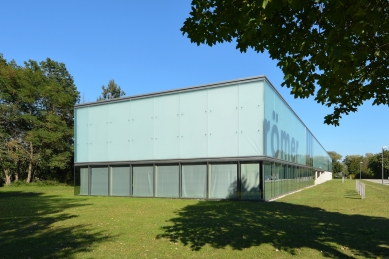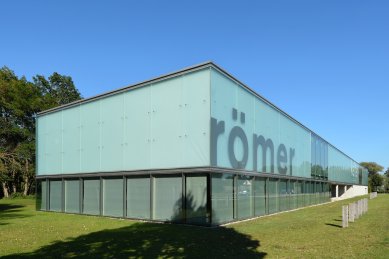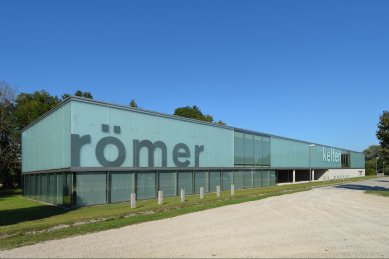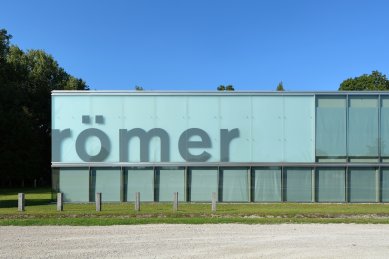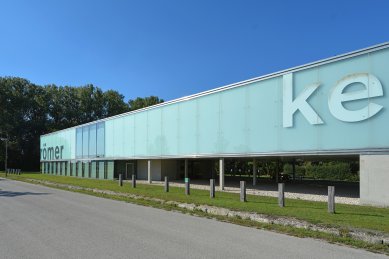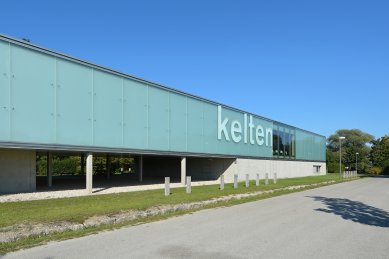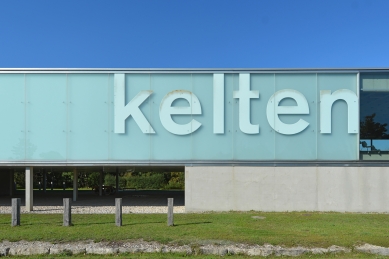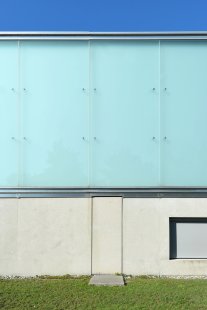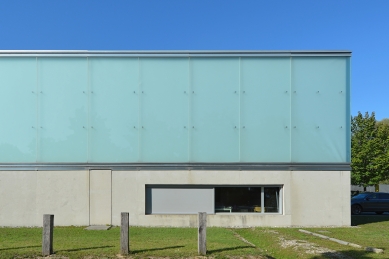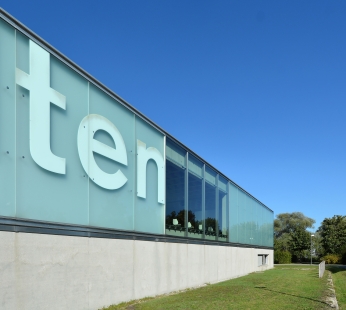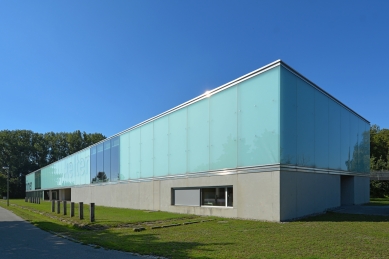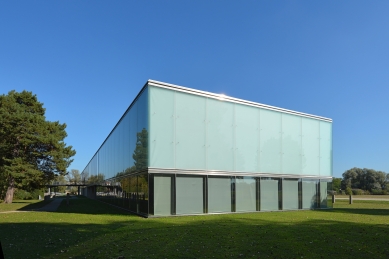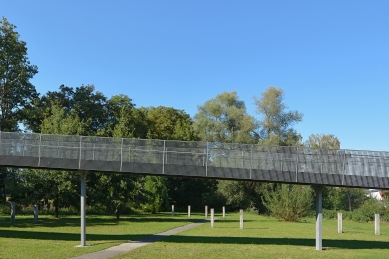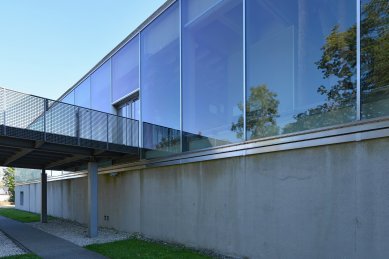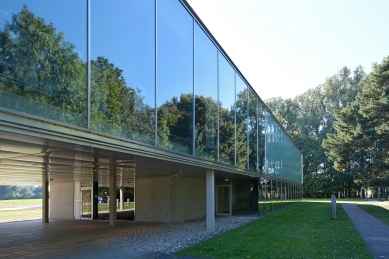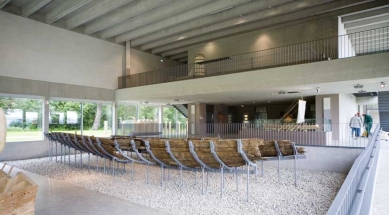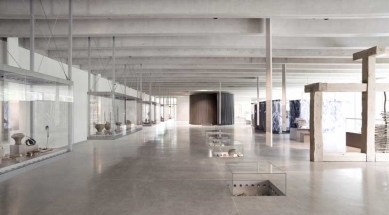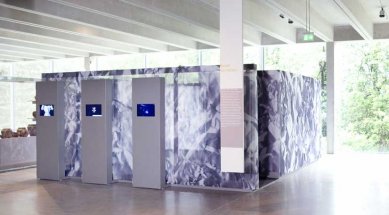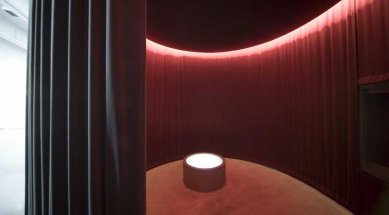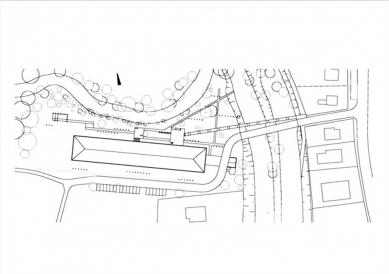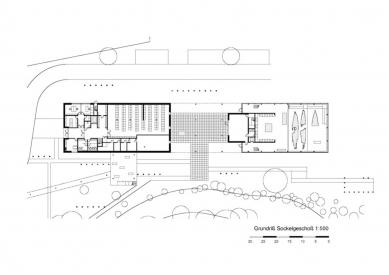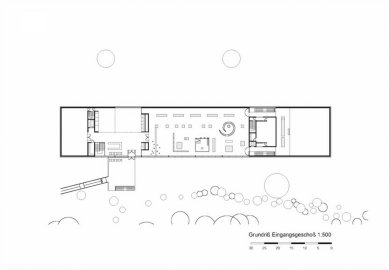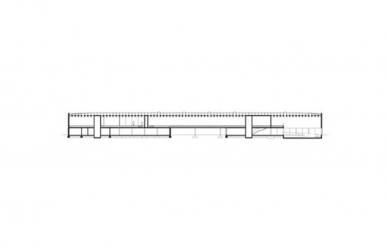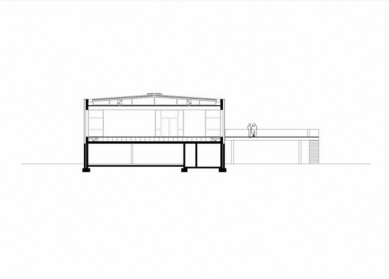
Celtic-Roman Museum, Manching
Celtic Roman Museum Manching

The northern border of the Roman Empire was formed by the mighty rivers Rhine and Danube, beyond which military legions ventured, but no stable towns were built on the territory where barbarian tribes resided. On the right bank of the Danube, near Upper Bavarian Ingolstadt (Latin: Auripolis), a Celtic oppidum named Manching was established in 3000 BC, covering an area of 380 hectares, which was inhabited by up to 10,000 people, making it one of the largest Celtic cities in Europe. Manching was never completely conquered or destroyed, but its decline and devastation were caused by a gradual collapse of the economic system. In 15 BC, the Romans arrived at the abandoned impressive ruins of Manching and built a checkpoint at the same location named Vallatum. Today, it is the best-explored oppidum in Central Europe, although a large part of the area was taken up in the 1930s by the construction of a military airfield currently used by Airbus.
The archaeological museum is located on a peninsula near Manching, where the remains of Roman military ships were uncovered during archaeological work. In 1999, 450 gold coins were found here, representing the discovery of the largest Celtic treasure of the 20th century. Subsequently, the decision was made to establish a new museum to showcase this rich local history.
The design of the hundred-meter-long glass levitating display case with giant inscriptions “Romans” and “Celts” comes from Florian Fischer and Alexandra Zeilhofer of the Munich office fischer_Z architekten, who won the invited competition at the beginning of the millennium. The museum is adjacent to the A9 motorway, through which 23 million drivers pass annually, and its striking structure simultaneously serves as an advertising billboard. Visitors enter the museum via an 80-meter-long pedestrian bridge that also spans the Auergraben stream. The bridge symbolically bridges the time span of several millennia and leads visitors to the upper platform, into a spacious foyer and then to a chronologically arranged exhibition that dedicates half of its space to Celtic and Roman history. Inside the museum, restrained materials are chosen (unfinished industrial flooring, sandblasted concrete walls, and clay plaster) that highlight the exhibits originating from state archaeological collections in Munich.
The archaeological museum is located on a peninsula near Manching, where the remains of Roman military ships were uncovered during archaeological work. In 1999, 450 gold coins were found here, representing the discovery of the largest Celtic treasure of the 20th century. Subsequently, the decision was made to establish a new museum to showcase this rich local history.
The design of the hundred-meter-long glass levitating display case with giant inscriptions “Romans” and “Celts” comes from Florian Fischer and Alexandra Zeilhofer of the Munich office fischer_Z architekten, who won the invited competition at the beginning of the millennium. The museum is adjacent to the A9 motorway, through which 23 million drivers pass annually, and its striking structure simultaneously serves as an advertising billboard. Visitors enter the museum via an 80-meter-long pedestrian bridge that also spans the Auergraben stream. The bridge symbolically bridges the time span of several millennia and leads visitors to the upper platform, into a spacious foyer and then to a chronologically arranged exhibition that dedicates half of its space to Celtic and Roman history. Inside the museum, restrained materials are chosen (unfinished industrial flooring, sandblasted concrete walls, and clay plaster) that highlight the exhibits originating from state archaeological collections in Munich.
The English translation is powered by AI tool. Switch to Czech to view the original text source.
1 comment
add comment
Subject
Author
Date
Keltové
08.01.21 08:41
show all comments


